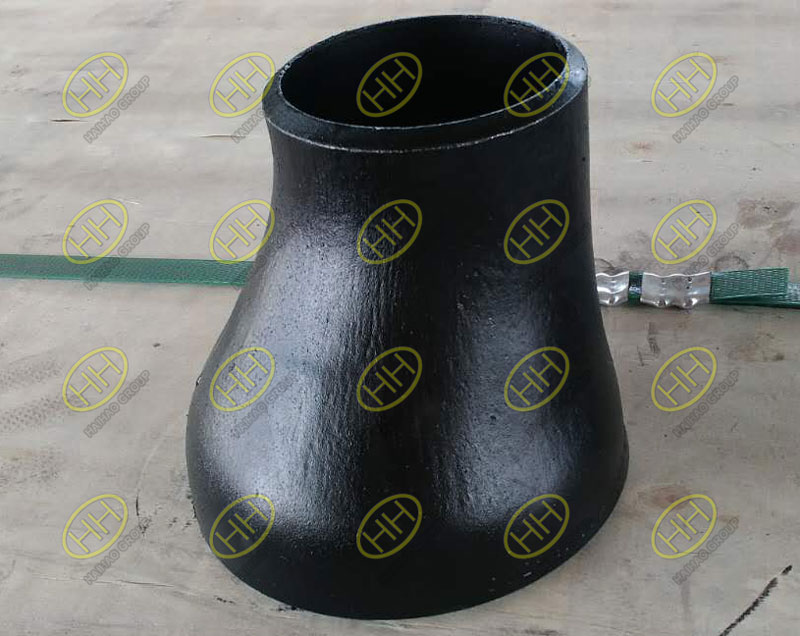Introduction to ASME B16.9 A234 WPB eccentric reducers in the petrochemical industry
The ASME B16.9 A234 WPB eccentric reducer plays a critical role in the petrochemical industry, facilitating the smooth transition between different pipe sizes and ensuring efficient fluid flow. This article delves into the specific applications of this component within the petrochemical sector, highlighting its production process and why it is indispensable in such demanding environments.
Applications of ASME B16.9 A234 WPB Eccentric Reducer in the Petrochemical Industry
In the petrochemical industry, the ASME B16.9 A234 WPB eccentric reducer is essential for connecting pipes of varying diameters, thereby maintaining the integrity of the pipeline system. These reducers are particularly valuable in systems where fluid dynamics and pressure control are critical. They help in minimizing pressure loss and preventing the formation of air pockets, which can lead to inefficiencies and potential system failures. Their robust construction and reliable performance make them ideal for handling the high pressures and temperatures typical in petrochemical processes.
Detailed Production Process of ASME B16.9 A234 WPB Eccentric Reducer
Material Selection
The production of an ASME B16.9 A234 WPB eccentric reducers begin with the selection of high-quality carbon steel that meets the A234 WPB grade specifications. This material is chosen for its excellent mechanical properties, including high tensile strength and good impact resistance, making it suitable for high-pressure applications.
Heating and Forging
Once the appropriate material is selected, it is heated to a specific temperature to achieve the desired malleability. The heated material is then forged into the rough shape of the reducer. Forging involves the application of compressive forces to shape the steel, ensuring a dense and robust structure that can withstand the demanding conditions of the petrochemical industry.
Precision Machining
After forging, the ASME B16.9 A234 WPB eccentric reducer undergoes precision machining to achieve the exact dimensions required. This step ensures that the reducer fits perfectly within the pipeline system, facilitating seamless integration with other components. The machining process involves cutting, drilling, and finishing to meet the stringent tolerances specified by ASME B16.9 standards.
Surface Treatment
To enhance the durability and corrosion resistance of the ASME B16.9 A234 WPB eccentric reducers, several surface treatments are applied. The reducer is first subjected to shot blasting or sandblasting to remove any impurities and provide a clean surface. This is followed by the application of protective coatings, such as galvanizing or painting, which provide a barrier against corrosion and extend the service life of the component in harsh petrochemical environments.
Quality Control
Throughout the production process, stringent quality control measures are implemented to ensure that each ASME B16.9 A234 WPB eccentric reducers meet the highest standards of quality and performance. This includes dimensional inspections, material testing, and pressure testing to verify that the reducers can withstand the operational demands of the petrochemical industry.
The ASME B16.9 A234 WPB eccentric reducer is a vital component in the petrochemical industry, facilitating efficient fluid flow and pressure control within pipeline systems. Its production involves a meticulous process of material selection, forging, machining, and surface treatment to ensure durability and reliability. By understanding the detailed production process and specific applications of this reducer, industry professionals can appreciate its importance in maintaining the integrity and efficiency of petrochemical operations. Haihao Group’s commitment to monitoring raw material market trends and sharing relevant information with customers further ensures the delivery of high-quality products that meet the evolving needs of the petrochemical industry.

